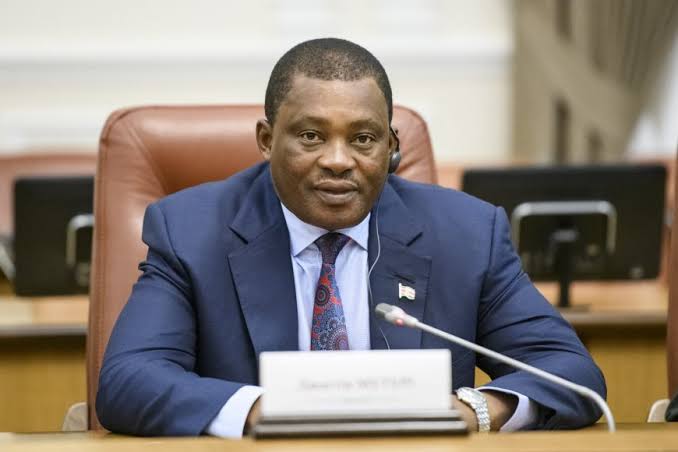On March 26, 2025, President William Ruto—Kenya’s fifth president since assuming office in 2022—unveiled a significant cabinet reshuffle that has sparked widespread discussion across political circles. Among the major changes was the removal of former Attorney General Justin Muturi, a long-standing figure in Kenyan politics.
Background on Justin Muturi
Justin Muturi, who previously served as a magistrate and chaired the Centre for Multiparty Democracy, has been a prominent player in the country’s political arena. His career, however, was not without controversy. In 1997, Muturi faced bribery allegations that cast a lingering shadow over his public service record. Many political analysts suggest that these historical issues may have contributed to his eventual dismissal from Ruto’s cabinet.
Context of the Reshuffle
This cabinet reshuffle is part of a broader strategy by President Ruto to consolidate his power and broaden his support base amid turbulent political times. In recent months, Ruto has made several bold political moves, including the incorporation of opposition figures—most notably allies of Raila Odinga—into his government. This integration is seen as an effort to foster a more inclusive administration and to address ongoing criticisms from various quarters.
Political Turbulence and Recent Events
The reshuffle comes on the heels of a highly publicized impeachment of a former deputy president in October 2024, a move that underscored the volatile nature of Kenya’s political landscape. The impeachment not only deepened existing divisions within the government but also heightened public scrutiny of the administration’s decision-making processes. Against this backdrop, the removal of Justin Muturi is interpreted as a clear signal of Ruto’s intent to reconfigure his cabinet in line with his evolving political vision.
Implications for the Government
Political commentators note that the cabinet changes could have far-reaching implications. By replacing figures like Muturi with new appointees and including opposition voices, President Ruto appears determined to strengthen his government’s legitimacy and address long-standing security and economic challenges. The reshuffle is anticipated to pave the way for renewed policy directions and could help mitigate some of the internal political strife that has characterized recent years in Kenya.
Conclusion
In sum, President Ruto’s cabinet reshuffle reflects both a strategic response to Kenya’s evolving political dynamics and an effort to build a more resilient and inclusive government. The removal of Justin Muturi, given his contentious past, alongside the incorporation of opposition figures, signals a new chapter in Kenyan politics—one that seeks to bridge divides and steer the nation through its current challenges

